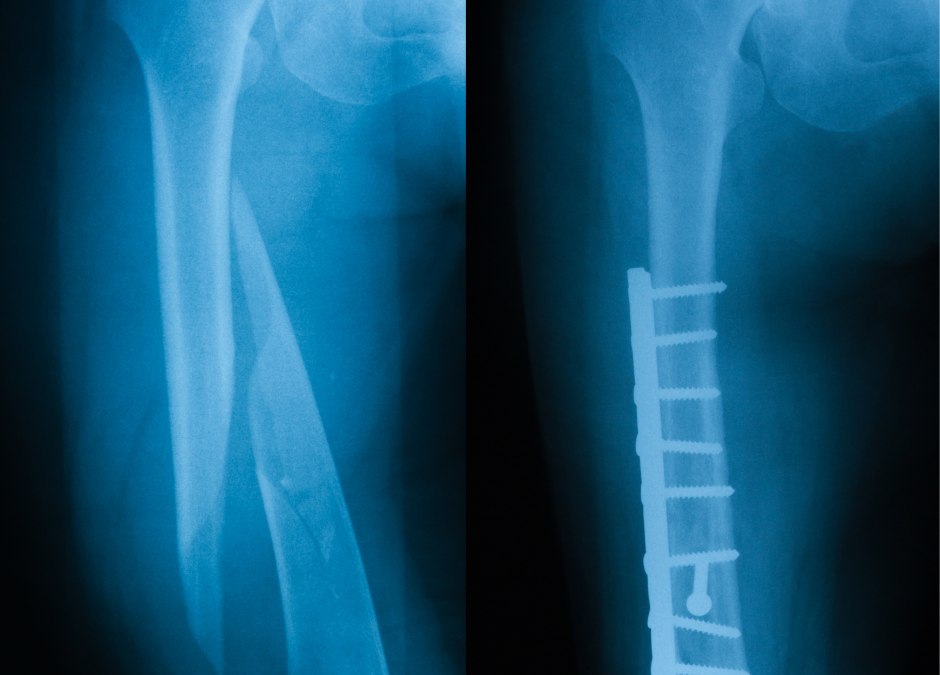The Different Types of Bone Fractures | How Can You Tell If You’ve Broken a Bone?
According to the Centers for Disease Control, as many as one in every five falls can involve a bone fracture, with the numbers being even higher for persons over the age of 65. Even more shocking—in about one in every four serious motor vehicle accidents, at least one person suffers a broken femur (thigh) bone. What are the different types of fractures? What are the different ways that you can treat a broken bone.
The Different Types of Bone Fractures
According to Johns Hopkins Medicine, broken bones can be categorized a number of different ways. At the most basic level, bone fractures are considered to be either open or closed fractures. An open fracture, also referred to as a “compound” fracture, is one where the bone actually comes through your skin. With a closed fracture, your skin remains intact.
A broken bone may occur in a wide range of ways:
- The most common type of break, the “transverse break,” involves a straight line perpendicular to the bone
- With an oblique fracture, the break is diagonal to the bone
- A spiral break, typically the result of a twisting injury, involves a break that revolves around the bone
- With a compression break, typically caused when a heavy object falls on your bone, the bone is crushed or flattened
- A segmental fracture involves a bone that has been broken in at least two places, causing a section to be detached from the rest of the bone
- With a comminuted break, you’ll typically have at least three breaks and often will have fragments of bone at the site of the fracture
- A greenstick break is essentially an incomplete fracture, often referred to as a stress or hairline fracture, where the bone is not in two distinct pieces
The Telltale Signs of a Broken Bone
There are a number of clear indications that you’ve fractured a bone:
- It’s going to hurt…a lot
- It will swell up almost immediately, particularly at the point of the fracture
- You may be unable to move body parts near the break…fingers when you’ve broken an arm, for example
- The bone may be going in the wrong direction or may even have come through your skin
- It’s typical to have bruising, redness or even heat at the spot of the fracture
Let Attorney Michael R. De La Paz Help You When You Suffered a Bone Fracture in an Accident
At the Law Office of Michael R. De La Paz, we have aggressively fought for the rights of personal injury victims in Texas for more than 26 years, from Austin and Dallas to Crystal City and San Antonio. We have successfully represented clients across the country who have suffered serious and/or catastrophic injury, including all types of facial fractures. Arrange a free consultation today to evaluate your potential case.
Handling Personal Injury Accident Cases Nationwide, Including, But Not Limited to Texas, Florida, New Mexico, Illinois and Oklahoma

